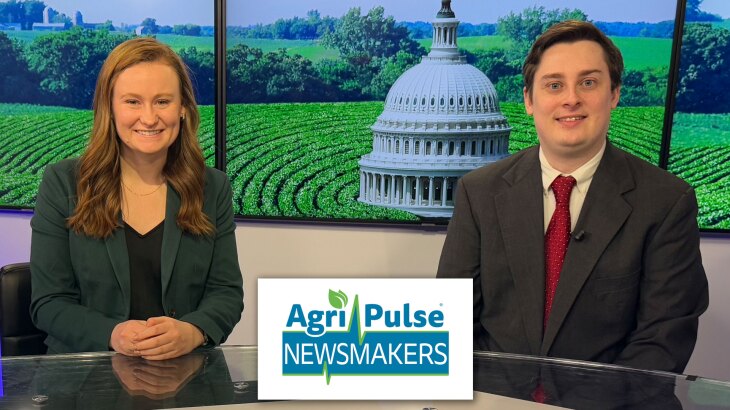Sugarbeet planting is moving forward across the country with mixed progress.
The latest USDA report shows 21 percent of the crop is planted, which is just ahead of the five-year average but slightly behind last year’s pace.
USDA Meteorologist Brad Rippey says Weather conditions continue to shape the pace of progress from state to state.
“We had some wet weather in Michigan. 28 percent planted there, but things opened up during the week, and Michigan actually planted 26 percent of its acreage just in the last week, still behind the five-year average of 35 percent. Meanwhile, a lot of the sugar beets come out of the north-central U.S. and the Red River Valley in that area, and they are kind of waiting for the soils to warm up a little bit, and so, a little bit of a slow start. Two percent planted in Minnesota, with a five-year average of eight percent; three percent planted in North Dakota versus five percent on average.”
In 2023, Minnesota led the nation in the production of sugarbeets with an impressive yield of 12.6 million tons.












